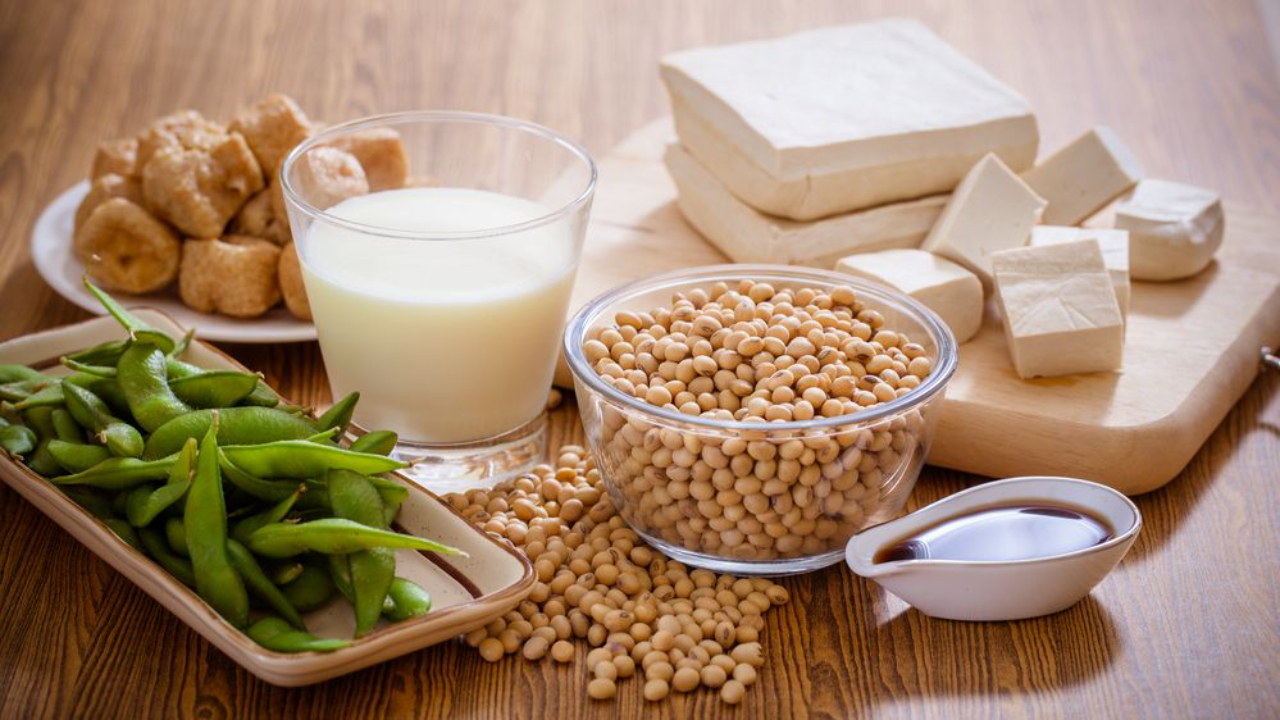The Role of Phytoestrogens In Menopause Management
Mar 09, 2023
As women enter menopause, many experience a range of symptoms related to the decline in oestrogen levels. Hot flashes, night sweats, and mood swings are just a few of the common symptoms that can make this transition challenging. However, research suggests that phytoestrogens, a group of naturally occurring compounds found in some plant-based foods, may help to alleviate menopause symptoms.
What Are Phytoestrogens?
Phytoestrogens are a group of plant-derived compounds that have a structure similar to oestrogen. They can be found in a variety of foods, including soy products, flaxseed, whole grains, nuts, and legumes. Phytoestrogens have been shown to have weak oestrogenic activity in the body, meaning they can bind to oestrogen receptors and exert a mild oestrogenic effect.
Phytoestrogens and Menopause Symptoms
Phytoestrogens are plant-based compounds that have a structure similar to oestrogen, which means that they can bind to oestrogen receptors on cells. Note that we say similar and not identical. This should help to clear controversy. There is much debate around phytoestrogens and their safety. Many people who take a small bit of data extremely literally will claim that because they can bind to oestrogen receptors, that they pose a danger for issues like oestrogen dependent cancers. That is not the case at all.
Firstly, many symptoms in menopause associated with declining oestrogen arise from oestrogen receptors suddenly not having enough of their ligand present to bind to them. This is like when a smoker gives up smoking. The receptor cries out for its oestrogen fix. By occupying the receptor, phytoestrogens can pacify the receptors demands for a while. In the case of oestrogen dependant cancers, phytoestrogens can be protective because even though they bind to oestrogen receptors, they do not instigate oestrogen related changes within the specific tissues like the real hormone does. So by occupying the oestrogen receptors, phytoestrogens prevent the real hormone from binding so LOWER the risk of hormone dependant cancers.
How to Incorporate Phytoestrogens into Your Diet
Soy is a rich source of phytoestrogens, and several studies have suggested that soy intake can reduce the frequency and severity of hot flashes. It is worth noting though that the bioavailability of these phytoestrogens are increased in fermented soy - so think miso, natto and tofu. Other sources of phytoestrogens include flaxseed, chickpeas, lentils, and other legumes. While the evidence for the effectiveness of phytoestrogens in reducing hot flashes is mixed, they may be a useful addition to the diet for women going through menopause.




